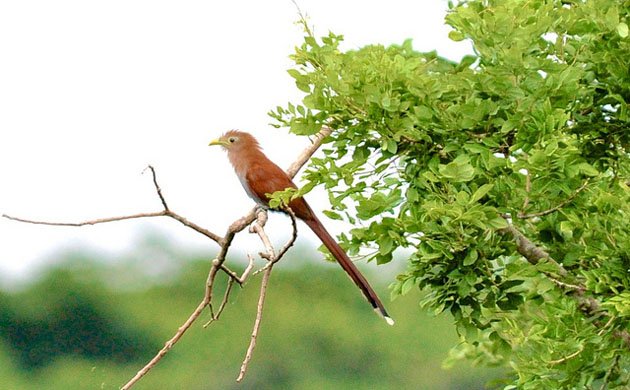
The Squirrel Cuckoo is the most common and widespread of all New World cuckoos. Wherever this cuckoo occurs, it never fails to be center of attention, even for those who don’t pay much attention to nature and birds.
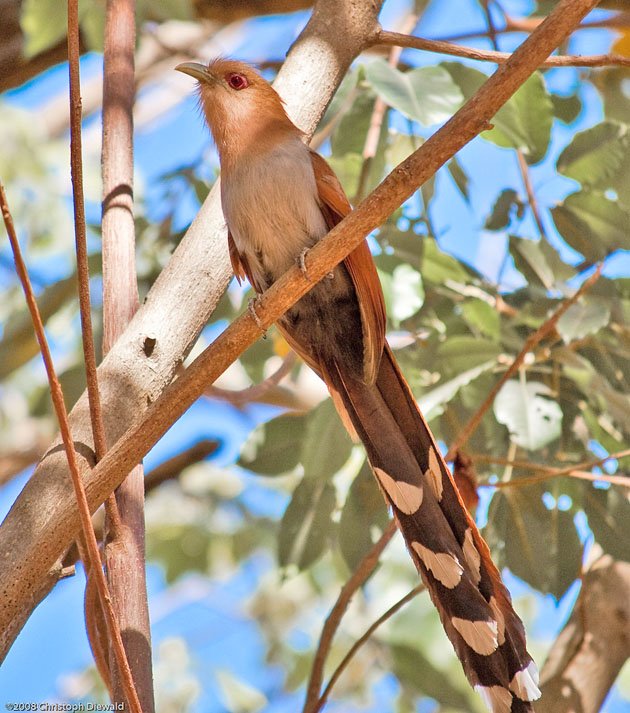
Photo: Christoph Diewald (Flickr)
The Squirrel Cuckoo is more often seen as it flies from tree to tree or across a clearing in the forest. It does not do this more frequently than other birds, but its long black tail and rufous wing seen in the air are such an attention-gette.
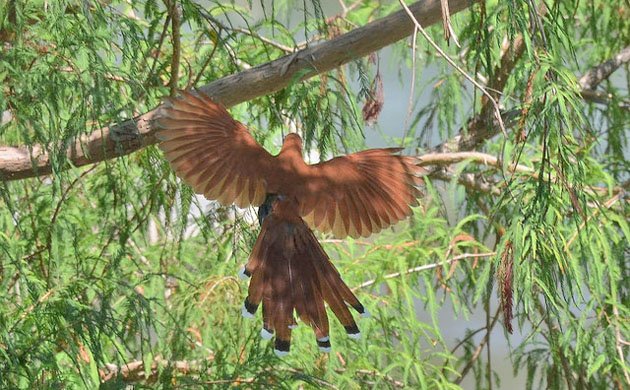 Photo: Amado Demesa Arevalo (Flickr)
Photo: Amado Demesa Arevalo (Flickr)
This cuckoo is also the most habitat generalist. It is found mature humid forest in Amazonia, the humid foothill of the Andes, dry and deciduous forests, second growth, coffee plantations, and just about any type of standing forest from Mexico to Argentina. It has several regional names and is the center of tales, but the most used name is Sicua or Shicua; an onomatopoeic name after the cuckoo’s most common call.
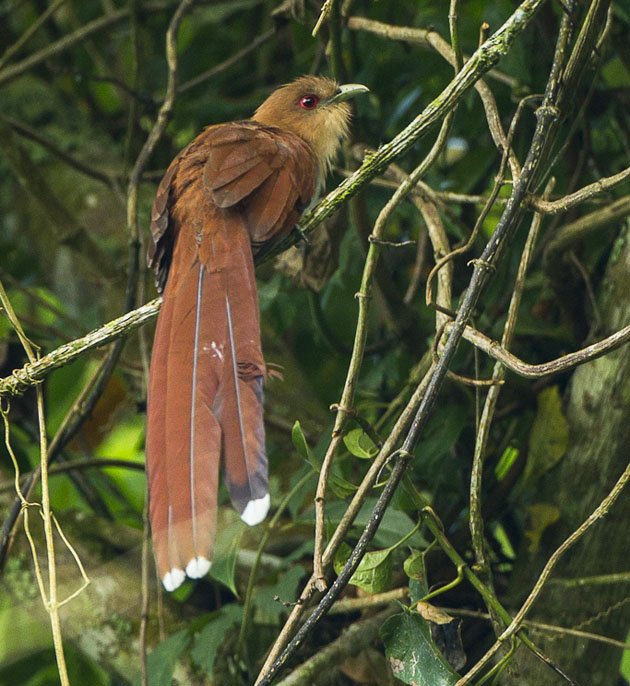 Photo: Francesco Veronesi (Flickr)
Photo: Francesco Veronesi (Flickr)
The cosmopolitan family Cuculidae includes old and new world cuckoos. Many of the old world cuckoos are brood parasites, laying their eggs in other birds nest. Most new world cuckoos, including the Squirrel Cuckoo, are not brood parasites and build a nest and rear their young like most other birds.
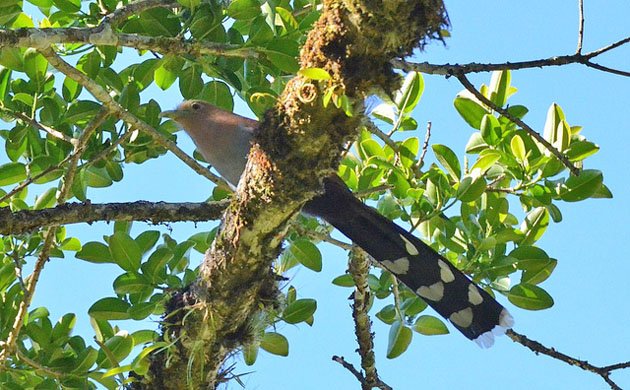
Photo: Michael Eisen (Flickr)
Seeing a Squirrel Cuckoo on your next trip south of the border is nearly guaranteed. Seeing one fly across a clearing in the forest is an image to remember!













Yes! I once saw a Squirrel Cuckoo hopping in a tree in Ecuador and will never forget it. A magical bird!
Pretty bird! Why are they called Squirrel Cuckoos, by the way?
Emily, it is due to the long tail. The bird with that long tail looks like a squirrel in a tree.
Nancy, Nice to hear you saw one!
They do look a bit squirrely now that you mention it.